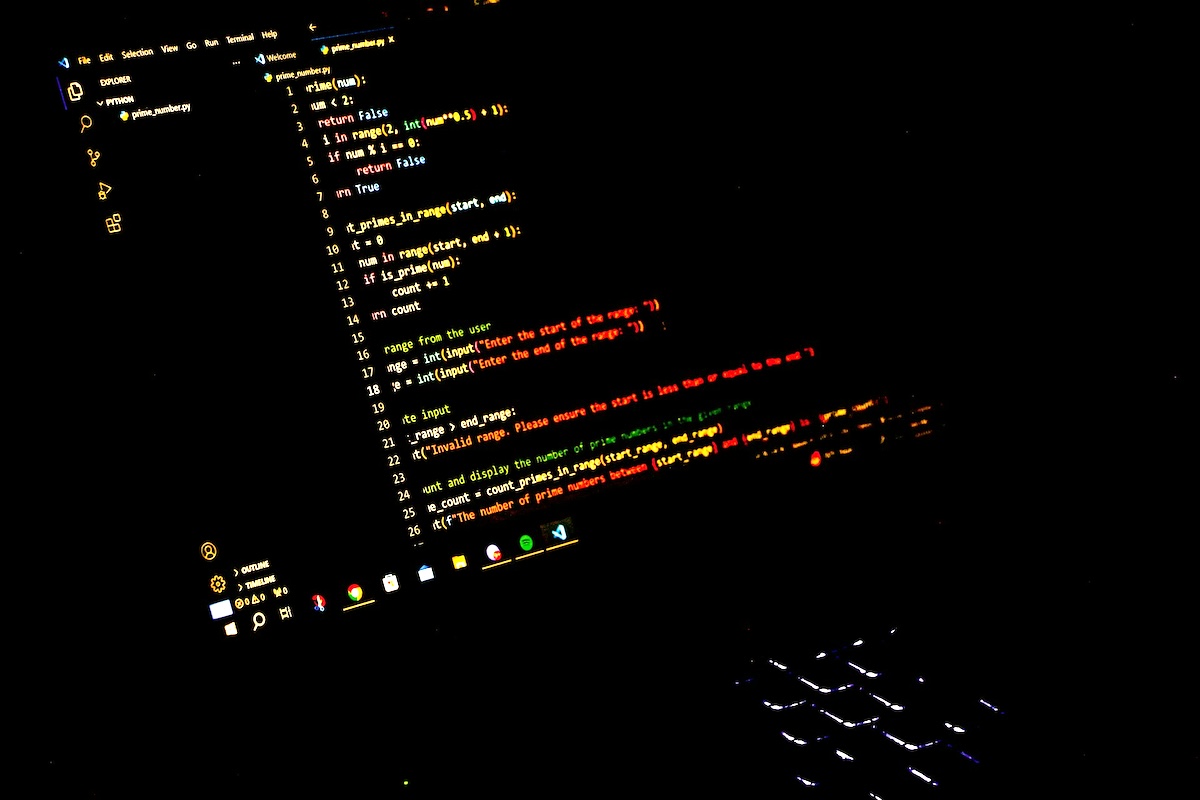Skift Take
The event industry is facing an existential crisis that may continue for several years. While many insiders bicker online about the value of face-to-face versus virtual, the task of going back to live events becomes more challenging. The culprit? Superspreader events.
Let’s be honest. If you work in the event industry, it is not a great moment. What seemed like it would be a couple of months’ hiatus in March turned out to be a nightmare, but finally one that has a clear end in sight.
In perfect trend with the zeitgeist, the polarization of opinions towards the rise of virtual events is at all-time high. Countless fights in professional and non-professional groups are heating up an industry in distress.
Just mentioning virtual events sends those against the use of technology into full-steam aggressions based on how irreplaceable face-to-face events are. On the other hand, those that are thriving (or at least surviving) in virtual event planning feel ‘canceled’ by the rest of the industry. How dare you to betray face-to-face events?
While these conversations unfold, many are losing the perspective on the real enemy of the in-person event industry right now: superspreader events.
There is Nothing to Love About Virtual Events, But the Industry Needs Them
What many fail to understand is that some working in events are lucky in this incredibly horrible pandemic. At least there is a Plan B. Plan B is virtual events. Other industries do not have that luxury. There is no Plan B for travel; either you travel or you don’t. There is no virtual travel.
Virtual events disgustingly exclude many struggling event professionals. They cut away many, many suppliers who have no role to play online. It sucks. It really does.
Yet it would be superficial to overlook the fact that virtual events are keeping the industry afloat. The idea that we love events, that humans need to keep on meeting, is kept alive almost exclusively by virtual events. Boring, glitchy, and far from perfect — yet a tool to keep the flame alive.
Other industries don’t have that luxury.
The Real Enemy of In-person Events
If you spend your days arguing online about how you hate virtual events, you are wasting your energy. The real battle that the industry is now fighting is one of perception.
It is going to take years to fight the concept of superspreader events.
Here is a quick test for the reader. What angers you the most, the news of a virtual event that makes more money than an in-person one or a wedding that infected 150 people between participants and their families?
Whenever I read the latter, I know it is a lost opportunity to go back to in-person events sooner. The marketing effort events will need in order to counterbalance the stigma of superspreader events will be gigantic.
Every piece of news that comes out about superspreader events should inflame event professionals. All those involved with communicating the value of events should spend their time clearly fighting against the linking of the words ‘superspreader’ and ‘event’.
No Room for Error
Planners should also realize the implications of planning in-person business events that are not failproof.
Planning a business event that has a potential risk of becoming a superspreader event is doing a great disservice to the industry at the time of writing. Hosting in-person events at all costs is a recipe for disaster.
Don’t get me wrong, in-person events need to restart. We need great case studies of events that are safe and where rules are enforced. The event industry does not need events:
- Where masks are suggested but not enforced
- Where social distancing is recommended and not enforced
- Where it is accepted to mingle in groups
- Where food is served at buffets
- Where no testing is performed at the door
- Where there is high spread in the local community
On a personal level, everyone is free to believe and do what they want. On a business level, very few companies are sending employees to in-person events. That figure is almost close to zero.
For that to change, the focus on safety should be paramount. The attention to the health of attendees precedes any content, speaker or centerpieces you are preparing for in-person events.
Safety right now is the priority for those willing to go back to live.
The event industry is thirsty for positive case studies, but even one negative occurrence of a business event could substantially delay the comeback we are all striving for. When Germany made an official distinction between banned mass gatherings and permitted planned events, the whole premise was that professional event planners could guarantee minimal risk through planned compliance. A negative case study could undermine the argument to increase group sizes with local governments.
The line is thin.
The hope is to keep using virtual until secure in-person events can happen. Then the future may be hybrid or not, but it doesn’t really matter.
The priority is to make attendees feel safe to attend in person again. It’s the only time it is actually worth saying, “we are all in this together.”





